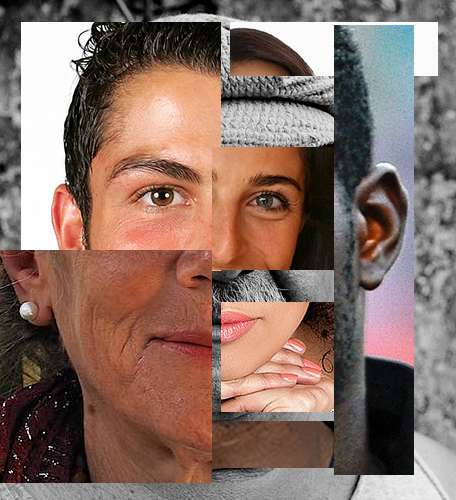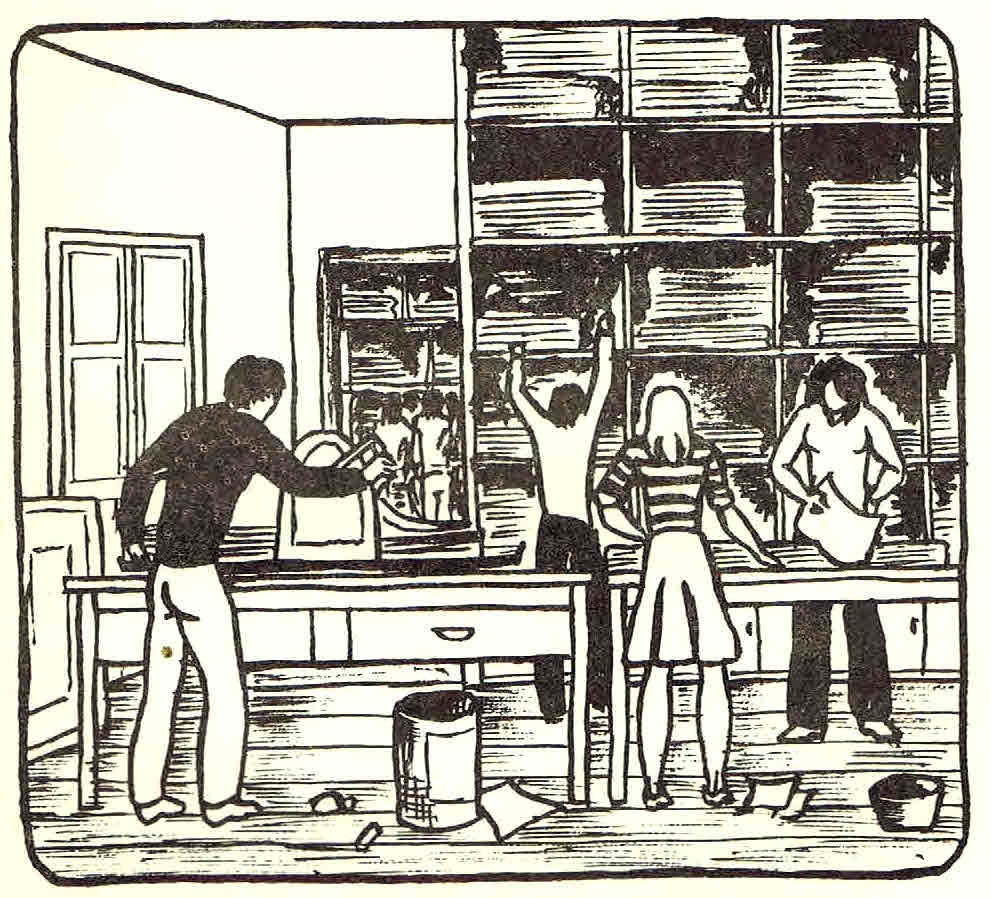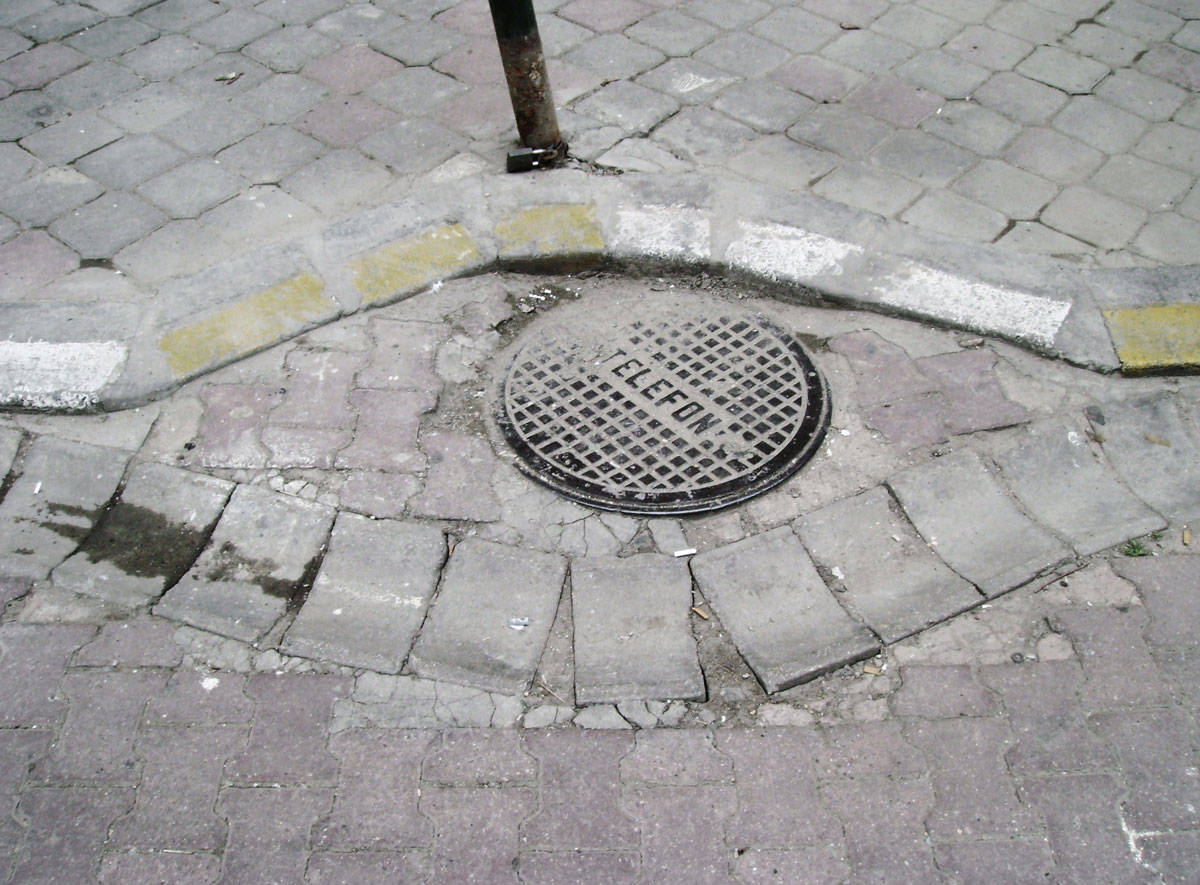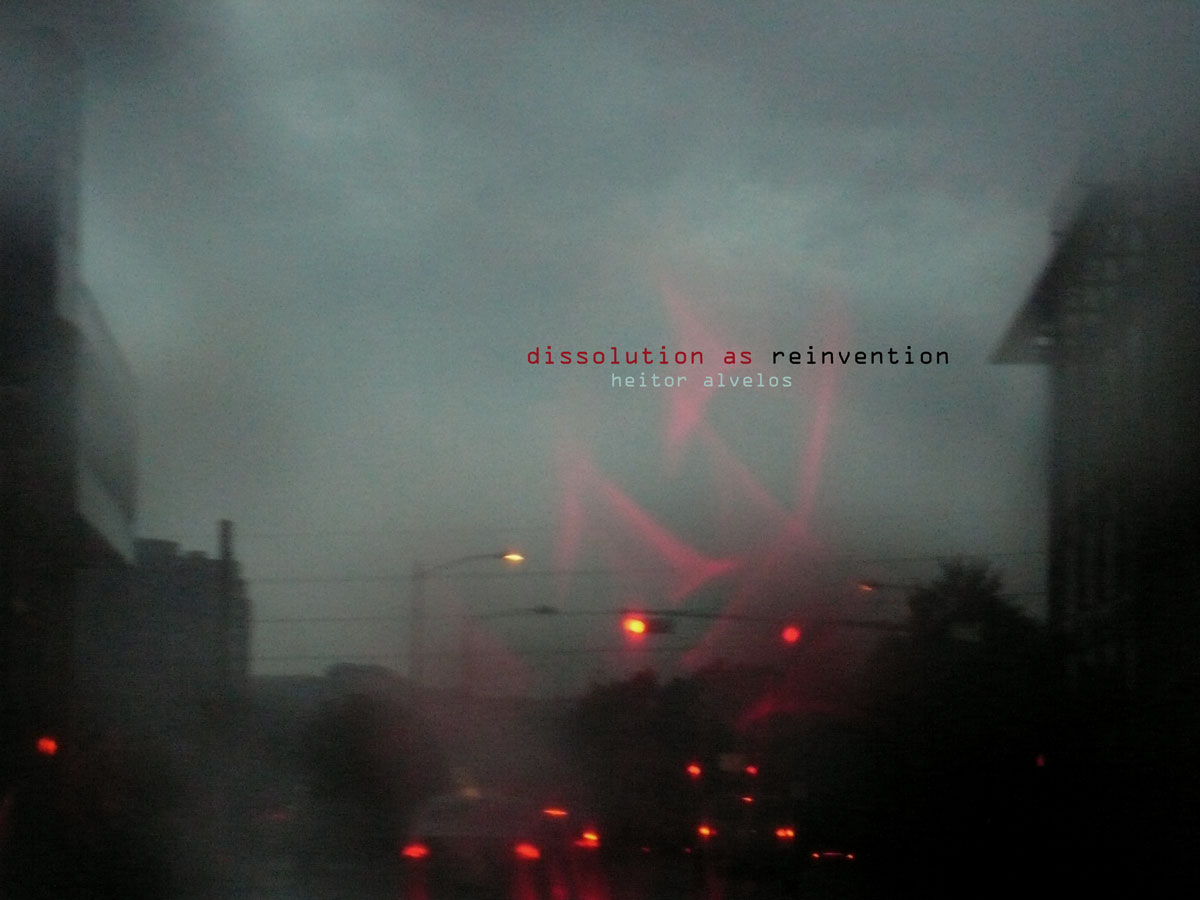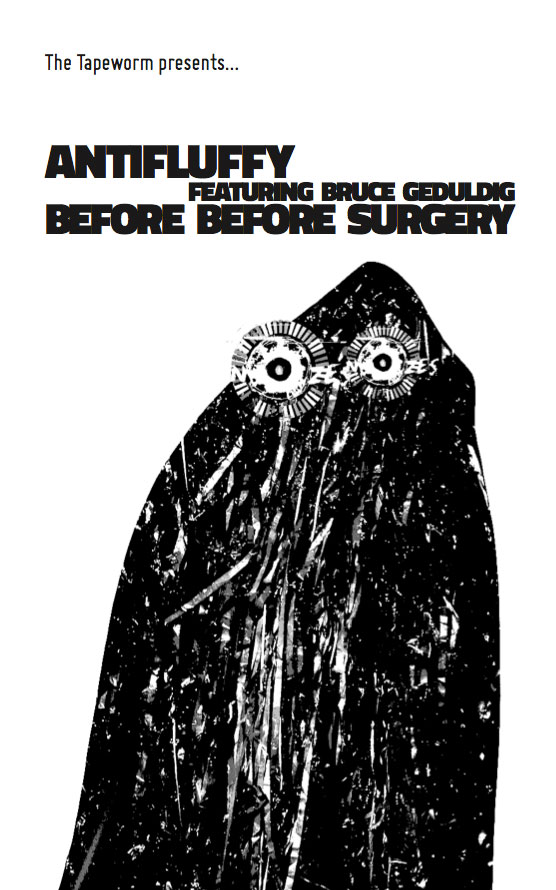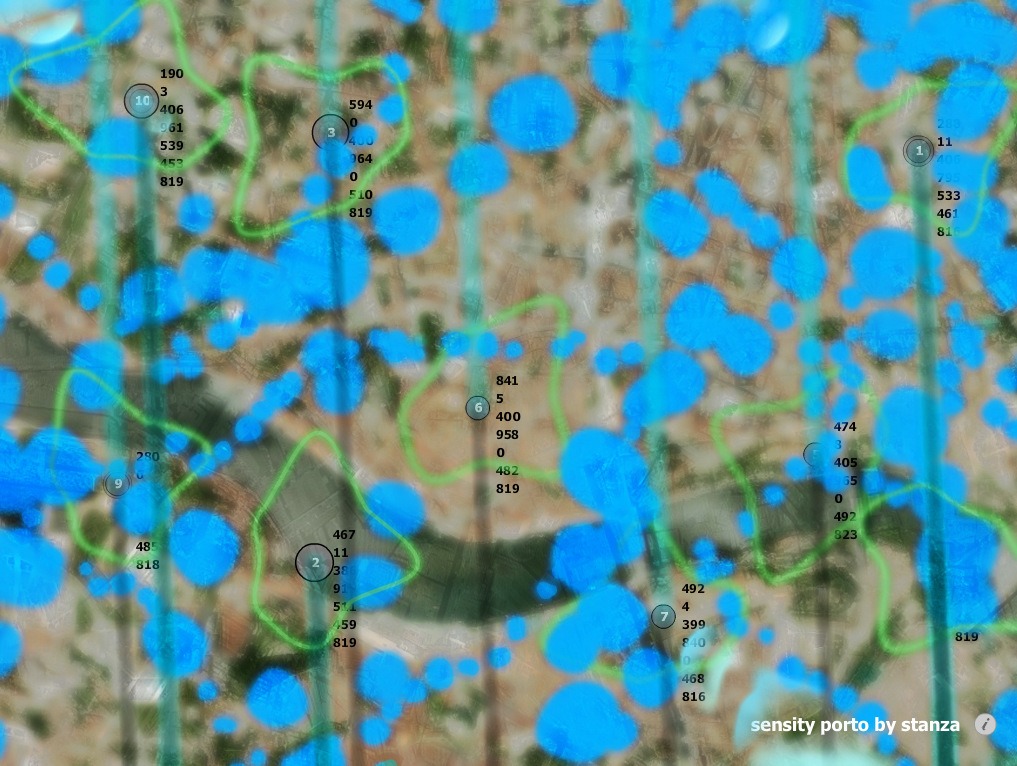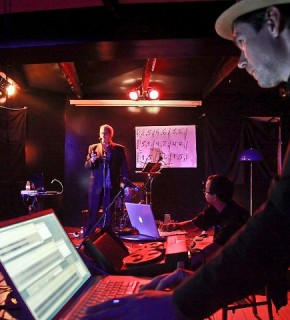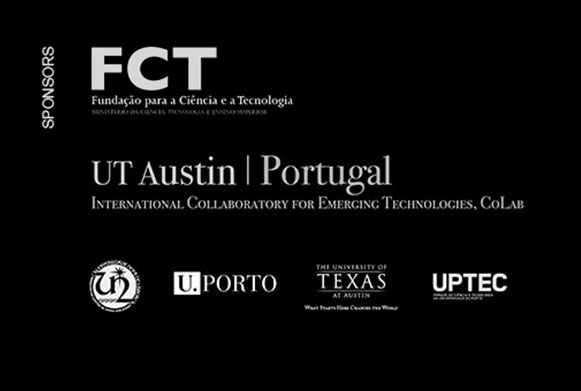Collective research and creation projects on signs in public spaces:
the role of new technologies in preserving cultural heritage and in opening creative spaces for collective and individual new proposals
Belén González Riaza
A city is a fast changing and huge object of study that can be very well approached by the wide collective research that only internet and the new technologies make possible.
Also, in trying to find the most specific characteristics of local city graphics in a city or country, it becomes very useful to compare the different ways we have written our public spaces in the past years until now: styles, type, colors, materials and reasons for writing around the world. We can discover a lot about ourselves as well as learn from the other cities.
From this research on what makes each place different from all the others, we learn and try to design new alternative graphics that have a memory of who we are but are also related to our present and anticipate the future.
These new graphics, experiments designed and reviewed by a collective mind, try to open new ways of communicating, considering many essential new subjects: sustainability, interaction, flexibility, usability, accessibility, respect for local cultures, etc.
New signs have to help us in our activities, to express each city and place history, identity and structure, to consider the need of individuals or small groups interaction and expression, to explore new ways and meanings for social communication and community development, besides institutional messages or advertising.
Reinforcing the spatial structure and visual identity of a city and opening spaces for creative activities not only improves the quality of life of its inhabitants but it also has economic and social benefits and it is important to promote the image of the city and its recognition in this competitive world.
It is possible to use new technologies to preserve our memory and our graphic patrimony and to think about and propose a new and improved future in the area we work at: graphic environment for our public spaces.
This is what we have been trying to do and want to keep doing with our collective research projects: Written Europe and Ciudad Escrita.
In October 2009 we had the chance of being invited to Future Places by Heitor Alvelos, to present the projects we have lead so far and now we are trying to start a new project on graphics in public spaces around the world.
It is amazing that in this time when graphics become more and more similar in all our cities and local cultures are threatened by the invasion of uniform styles, one of the main tools of the globalisation process could become one to try to find and keep the most special characteristics that make each city a place different from all the others: we use internet and our interactive websites to try to do so.
Our first project was called Written Europe.
Art and Graphic Design schools from Amsterdam, Madrid, Praga and Riga collaborated for three years working on one subject each year: Written Streets for the first year, Written People and Things for the second one and Global, Common, Local for the third.
Each year began with a research on the proposed subject and then we made many creative proposals for alternative graphics for our cities.
The tool that made possible to get to know other partners, to keep contact and show the project results was written europe interactive website. Teachers uploaded information and assignements. Each student uploaded his or her picture, data and work.
Besides the unavoidable English as common language, the website used Dutch, Spanish, Czech and Latvian to introduce partners, schools and projects.
We took pictures of streets signs, writings in cemeteries, people´s favourite t-shirts and tattoos, identity signs on cities, bodies and things, and we proposed other ways of writing them, other kind of signs we would like to see around.
Internet was the virtual public space where we met to work and to exhibit our results.
We think that this awareness on the social role of graphic design should be an important part of a future designer education.
Written Europe was a european educative project under the Socrates program, that took place from 2002 to 2005 and that was selected as one of the best 20 educative projects of all Europe between 2000 and 2007. It was published and presented as Success Story in Berlin during the launchment of Lifelong Learning Programme of the European Union. The Escuela de Arte Diez de Madrid, received the Premio a la Excelencia Europea because of this project.
As other people outside the educative context wanted to join the project, we started Ciudad Escrita, a collective project open to all the actors that have the power of really changing the graphics of our cities: designers, digital media experts, artists, professional associations, administrative and political entities, etc.
Ciudad escrita has organised several events like Tapas Tipográficas, a typographic walk along Madrid bars that had two characteristics: tapas and old signs. it was the closing act for the II Congreso de Tipografía in Madrid, in June 2007.
The project was also part of the opening exhibition of a new cultural centre: the Central de Diseño in Matadero Madrid.
These two last years we made a project with the students of the Faculty of Fine Arts in Madrid of an old and very interracial neighbourhood in Madrid: Written Lavapiés.
The students redesigned shop fronts and proposed graphic interventions to interact with the people there.
We are now preparing a new international project with universities and schools from several countries, including the School of Fine Arts of University of Porto. In this new project we want to include as many social actors as possible and to work closely with local organisations and communities to get a deep understanding of the place characteristics and inhabitants needs.
Any individual or institution interested in joining us, can send a message to info@ciudad-escrita.org
Belén González Riaza. Graphic Designer. Also teaches Graphic Design Projects in Escuela de Arte Número Diez de Madrid, Facultad de Bellas Artes de Madrid, Coordinator for International Projects.
References
www.ciudad-escrita.org
http://www.artediez.es/exchange/written/written.htm
www.written-europe.org
AUGÉ, Marc
(1992): Non-Lieux, Introduction à une anthropologie de la surmodernité, La librairie du XXIe siècle, Seuil, Paris
(1995): Non-Places: Introduction to an Anthropology of Supermodernity, Verso Books, London & New York

